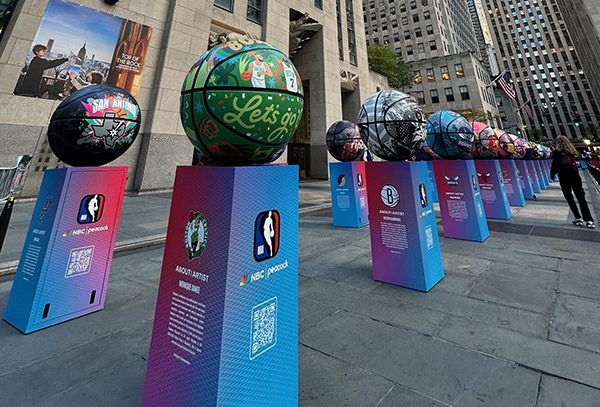As TikTok still faces an uncertain future, publishers, advertisers, and creators brace for the ripple effects of a potential ban, exploring new platforms and strategies to maintain engagement.
As a brand, the social media platform TikTok has only existed for about seven or eight years. But the past few weeks have been the roller coaster of its life.
In April 2024, President Joe Biden signed Protecting Americans from Foreign Adversary Controlled Applications Act, which prohibits the distribution of apps from countries “designated as foreign adversaries,” meaning TikTok and all other ByteDance-owned apps.
The ban was set to go into effect Jan. 19, and it did, only to return shortly after.
Multichannel Marketer’s sister publication AdExchanger details TikTok’s rise and fall here.
On January 20, President Donald Trump signed an executive order delaying enforcement of the law that would have banned TikTok, which granted a 75-day window to address national security concerns while preserving the app’s presence in the U.S.
TikTok plays a pivotal role in advertising budgets because of its massive reach. However, a December 2024 survey by Advertiser Perceptions found that 62% of advertisers viewed a U.S. ban as likely, prompting many to scale back or pause ad spend. TikTok’s growing dominance, evidenced by $4.8 billion in ad revenue in 2024, has made it a cornerstone for brands like Disney, Walmart, and Amazon, collectively accounting for $690 million of that spend.
If the ban proceeds, the ripple effects will be profound, forcing advertisers to reallocate budgets to platforms like YouTube and Meta. As the industry braces for the next chapter in the TikTok saga, questions remain about how brands and platforms will adapt to the new regulations.
Read the full story on how brands are dealing with TikTok’s limbo status on Multichannel Marketer’s sister publication AdMonsters.




